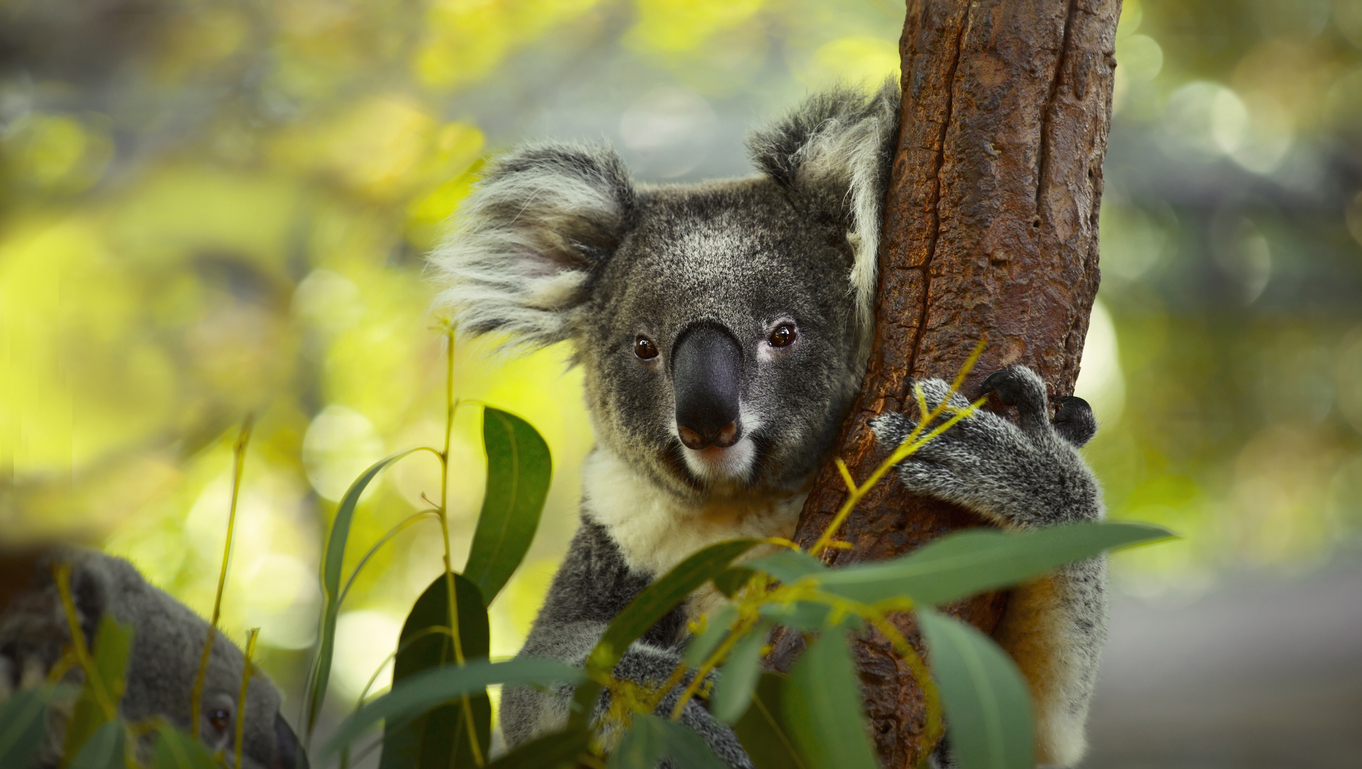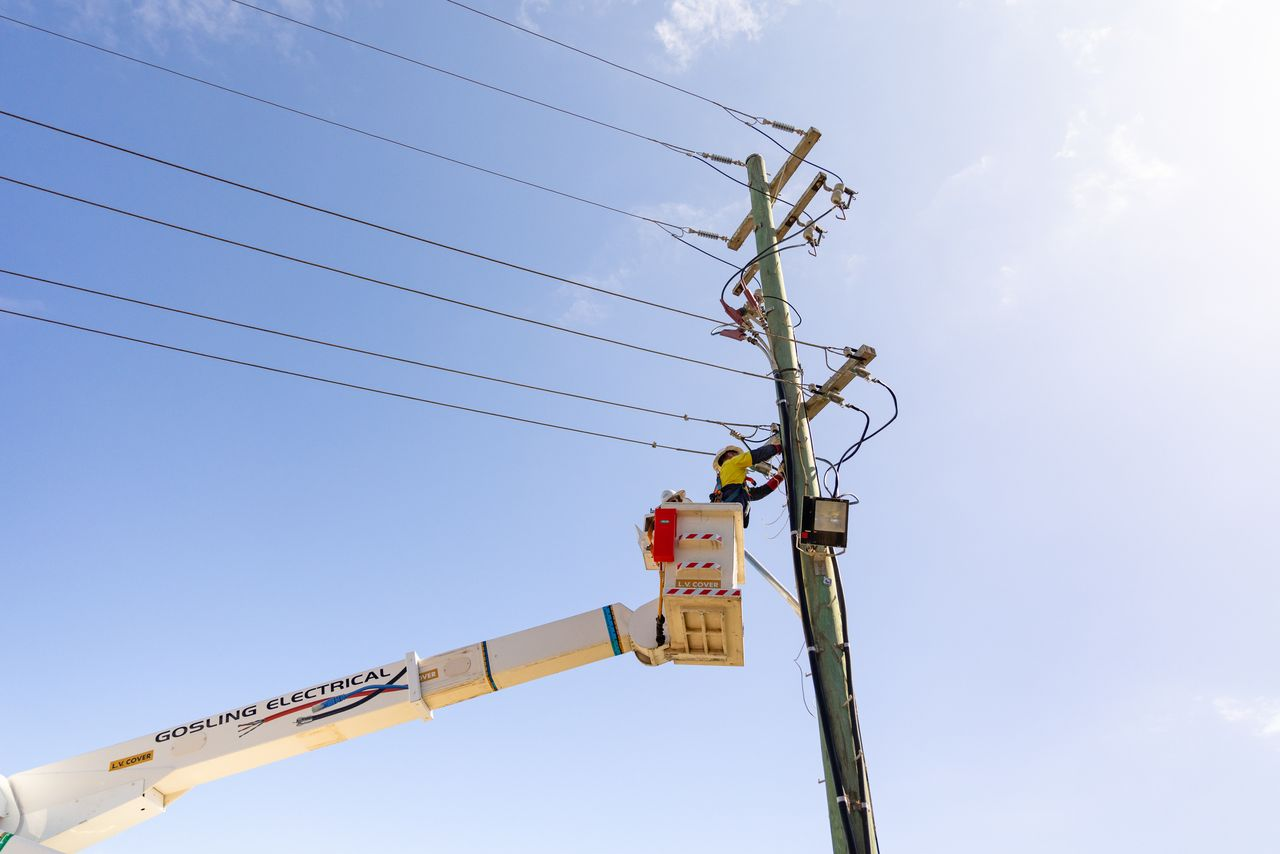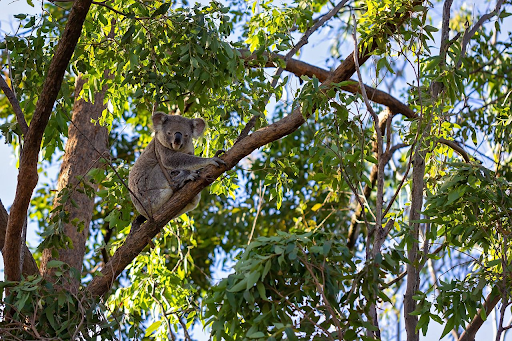In 2022 the koala was officially declared an endangered species, with the most recent research predicting that without serious intervention koalas could face extinction in NSW by 2050.
Rapidly declining koala populations in NSW and across Australia
Koala’s have been negatively impacted since european settlement, where over 8 million were killed for their fur between 1888 and 1927. In 2023 the Australian wild koala population stands at somewhere between 32,000 and 57,000, with loss of habitat the primary cause. It’s estimated that the bushfires of Summer 2019/20 killed approximately 10,000 koalas, reducing NSW’s resident koala population by over 70% alone (Save the Koala).
The plan to protect koalas from extinction by 2050
The Great Koala National Park (GKNP), is a concept created by four environmental groups (Bellingen Environment Centre, Nambucca Valley Conservation Association, Clarence Environment Centre and North Coast Environment Council) in collaboration with the National Parks Association of NSW, as the result of commissioned research into the koala population on the Mid North Coast.
The research identified that 20% of NSW’s remaining wild koala population, live within the Coffs Coast region.

315,000 hectares of protected wildlife habitat
The park is a plan to link 175,000 hectares of publicly owned state forest with existing national parks to create a 315,000 hectare nature reserve in the Coffs Coast region. The proposal focusses on reclassifying 175,000 hectares of publicly owned state forest as protected, preventing habitat loss as a result of forestry.
The Great Koala National Park area is a recognised biodiversity hotspot and includes outstanding forest ecosystems including World Heritage listed Gondwana Rainforests and other unique tall eucalypt forests.
The koala is not the only species set to benefit, with other wildlife including the yellow-bellied & greater gliders; powerful, sooty, masked & barking owls and glossy black cockatoos gaining from the proposal.
The Coffs Coast, the first eco tourism destination in NSW, is no stranger to wildlife conservation, with the Solitary Island Marine Park in place to protect and promote biodiversity of the local Ocean area, including the protection of the critically endangered grey nurse shark (Parks Australia).
The economics behind the Great Koala National Park
An independent economic analysis of the proposed Great Koala National Park by the University of Newcastle, identified an overall positive economic impact.
The GKNP is expected to be a large volume tourism driver, with a new gateway visitor centre & cafe planned, that will connect with the new $56m Dorrigo Escarpment multi day walk aimed at putting the area on the global tourism map. A koala hospital is also included.
The report also claims the Great Koala National Park is expected to generate close to 10,000 new jobs, with a loss of 600 forestry positions (National Parks Association).
These figures however are contested by the Australian Forest Products Association, as previous research by respected economic modeller Ernst & Young in 2019, identified a yearly $757 million negative impact and a net loss of close to 2,000 jobs from the closure of the NSW state forestry industry (AFPA).

How the Great Koala National Park may affect Forestry on the Mid North Coast
Australian native hardwood is in high demand and the NSW Mid North Coast is a large contributor of that supply. A stop on that supply will have a huge impact at a time when the industry is already suffering from supply shortages.
The NSW forestry industry, not only provides a high demand sustainable resource used for building, paper and wood products, it also helps reduce the reliance on overseas timber imports and usage of less sustainable options, which all have a negative impact on our carbon footprint (TimberBiz).
Former AFPA CEO Mr Ross Hampton calls out that only 0.2 per cent of NSW native forests are harvested annually for timber production and they are all regenerated by law. He claims a stop on forestry will have a disastrous impact on the economy, as the largest employer on the North Coast, and no environmental benefit.
A recent report by the NSW Department of Primary Industries found that past timber harvesting did not influence koala occupancy. In fact, koala occupancy was not influenced by timber harvesting intensity, the recency of harvesting, land tenure, landscape extent of harvesting or old growth forest extent (DPI).
AFPA are urging the Labor government to listen to the science, which shows the NSW forestry industry to be a sustainable, regenerative operation with no impact on koala numbers while contributing over $2.9 billion to the economy each year. Current AFPA Chief Executive Victor Violante has said ‘the timber industry needs to be able to coexist with the Great Koala National Park’.
Join in the conversation
Coffs Coast could soon be home to The Great Koala National Park, with an $80million commitment by the Labor Party to create the park in its first term after winning the election. Incoming Environment Minister Penny Sharpe said the GKNP was Labor’s plan to prevent the possible extinction of Koala’s by 2050.
The ABC reports that consultation with conservationists and the timber industry is due to start soon.
As Australians we want to protect our iconic Koala from extinction and see thriving populations in the wild. As forestry industry professionals we see the value of sustainable forest management for long term ecological benefit.
A Great Koala National Park and a strong sustainable forest management plan working in harmony is a vision for many. With Victor Violante summing this up “That would be our starting point, around how can we have a GKNP alongside a strong timber industry”.
Get involved and be a part of the consultation process, the more viewpoints received will help the Labor government to develop a plan that meets the needs of the Koala and all Australians.
Head over to our Facebook page and join the conversation.



